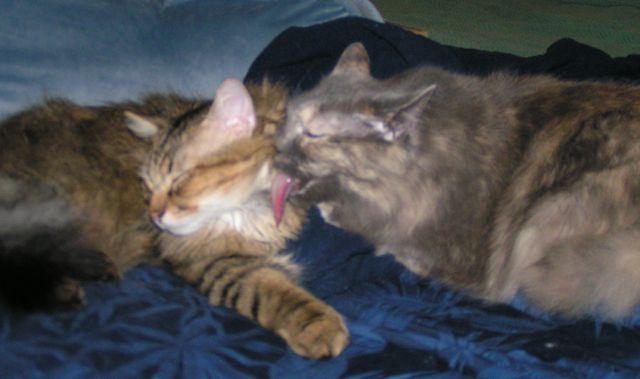This article is republished from my column on Examiner.com, with minor alterations
Spaying and neutering your pets is one of the best ways of not only maintaining their health, but also of doing your part in preventing unwanted litters. You’ll be helping to reduce overcrowding in shelters, in addition to avoiding all the loud meowing and spraying that can come with an unaltered cat.
Why spaying and neutering is so important, even if your cat is indoor-only
According to Alley Cat Allies, the leading cause of death among cats in the U.S. is euthanasia. In fact, even as recently as 2009, only 23% of cats in shelters get adopted. Many of the rest are put down; millions every year. There aren’t enough no-kill shelters, rescues, and foster homes out there to compensate.
Cats can go into heat more than once a year, and spaying and neutering helps stop this. Cats are usually in and out of heat cycles from March through September, or from the time daylight first spans 12 hours to the time daylight is no longer 12 hours. Female cats only ovulate when they mate, however, so if she doesn’t mate, she will keep going into heat every few weeks.
If you have an unaltered male cat, and your female goes into heat, you’ll need to separate them, and preferably get your male cat neutered. Many vets prefer to wait to spay female cats until the heat cycle is complete, because her tissues can bleed more, and tear more easily. So it’s safer to wait until she’s out of heat to have her spayed. There shouldn’t be anything keeping you from getting your males neutered though.
At what age is spaying and neutering recommended?
The best time to spay her is anywhere from four to six months of age. If you’re worried about cost, Gateway Pet Guardians has a website that can help you find organizations providing low-cost spay and neuter services. Many of these places will spay and neuter for under $60.




Where can you get spay and neutering on feral cats catch and release cheaper in the Bay City, Standish, Midland Michigan area?nancybalenda